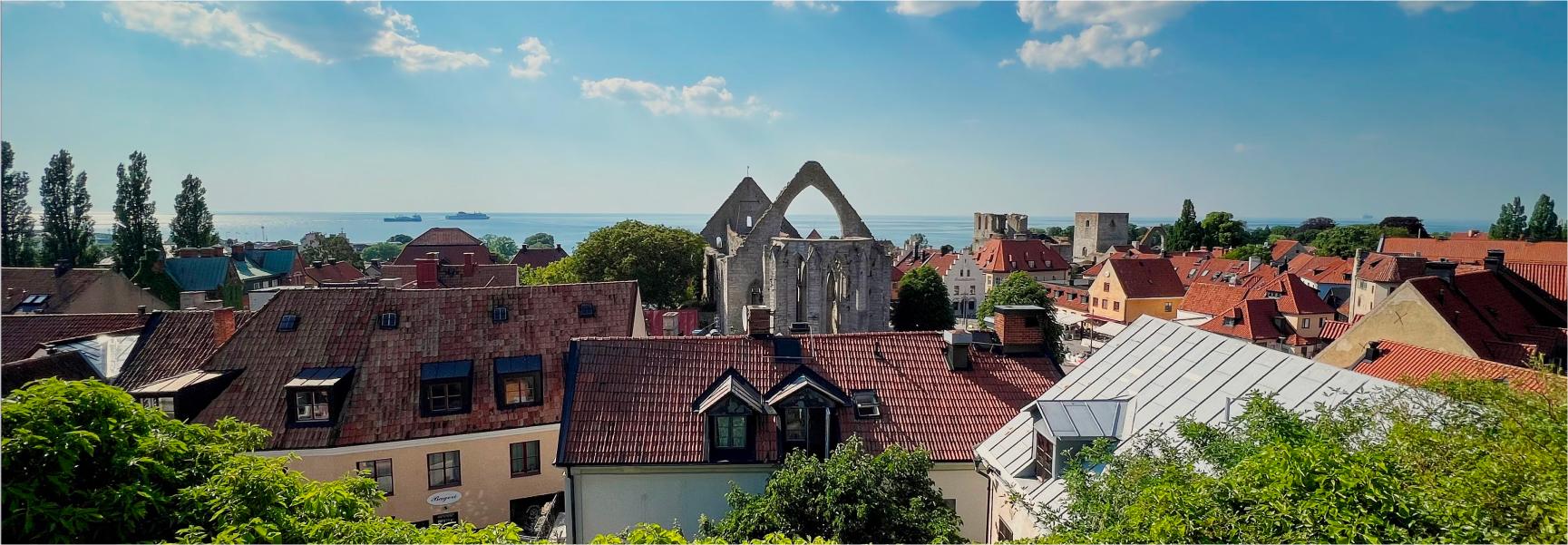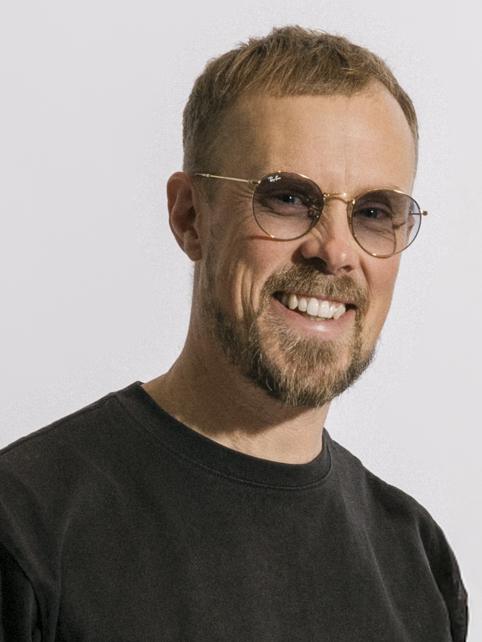
Energy producing roofs in historical buildings
The project explores the possibilities of generating energy on rooftops within the UNESCO World Heritage-listed area of Visby.
PROJECT INFORMATION
Timeline
April – December 2024
Total cost of project
298 112 SEK
Swedish Energy Agency’s project number
P2023-01459
Coordinator
Science Park Gotland
Participants:
Science Park Gotland
Project manager and contact
David Doms: david.doms@scienceparkgotland.se

Buildings within the UNESCO World Heritage area of Visby are subject to regulations that aim to preserve cultural and historical values. As a result, the installation of solar panels on roofs in the city center has so far not been possible. Could this be due to a lack of solutions that allow for energy production from rooftops without compromising the historical building techniques and aesthetics of Visby’s inner city?
In this feasibility study, we examine how modern energy-producing innovations can be integrated with the cultural and visual identity of traditional tiled roofs.
Using an interdisciplinary approach that combines expertise in solar energy, heritage conservation, reuse, and design, the study aims to do the following:
- Map and analyze the technical and regulatory feasibility of integrating solar cell technology into recycled roof tiles.
- Investigate whether existing energy-producing roofing solutions can meet the material, building process and aesthetic value requirements of Visby’s UNESCO World Heritage context.
- Explore the materials, technologies, and methods available to create a new product and/or system that satisfies the material, building process and aesthetic value requirements of Visby’s UNESCO World Heritage context.
- Present new insights for stakeholders to expand knowledge about available technologies and solutions.
The study will include regulatory analysis, consultations with experts in each field, global trend monitoring, hypothetical product development, and workshops with stakeholders.
The results will serve as a foundation for further pilot, demonstration, or collaboration projects. The findings of this initial study will be shared.
Several external partners contribute to the project. Continuous information exchange takes place with White Architects through the EU Horizon project CALECHE. Ongoing dialogue is maintained with researchers at the French solar energy institute INES (Institut National de l’Énergie Solaire), and product samples are being developed in collaboration with the Italian company DYAQUA, which manufactures energy-producing roof tiles.